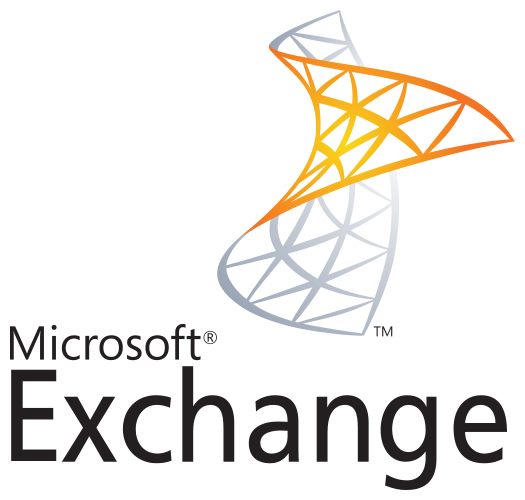In the past, the only way to set up a proper email infrastructure for a company was to invest in server infrastructure and a requisite software solution, most probably a version of Microsoft’s market leading Exchange Server, which has over 70% of the worldwide market share and probably an even higher one in Malta. This involved high upfront investment in terms of hardware and software licensing as well as complex ongoing management costs.
Today, hosted email has increasingly become the way to go. The advantages of hosted email are many; not only do you offset the cost of running your own servers but you can also free up your already hassled IT staff’s time to focus on mission critical work.
However, a number of firms still cling to and use their own in-house Exchange Server religiously. This is somewhat understandable; they have invested precious money into the technology and have become accustomed to it and perhaps are fearful of what a change could bring about.
So where does the problem lie? The cost of complexity! Managing Exchange Server is no trivial undertaking as it requires constant updates, security patches and upgrades to new releases to keep up with Microsoft’s pace of innovation.
While many IT professionals may say, "If it's not broke, don't fix it", others may say, "We have to upgrade, Microsoft said so". One would think that updates are the logical way to go to keep your company at the forefront, however, all too sadly, this is not the case.
At the end of last year (2012) an update called Windows Management Framework 3.0 (WMF 3.0) began appearing in Microsoft Update (MU), Windows Update (WU), Windows Software Update Services (WSUS), and on Configuration Manager Software Update Points.
Essentially this is a suggestion from Microsoft that WMF 3.0 should be installed on all of your servers where the update is applicable.
Released as KB 2506146 and KB 2506143, this update also includes PowerShell 3.0.
DON'T DO IT. Do not update. Step away from the keyboard right now Sir, M’am.
‘Why not?’ you may ask. Well, while PowerShell 3.0 is indeed a great improvement to PowerShell, and this is an indisputable fact, the truth is that Exchange 2010 is not currently qualified to work with PowerShell 3.0. In fact, it simply won’t work and it will break. The same story applies to Exchange 2007 which also is not qualified to work with PowerShell 3.0 and thus far looks like it never will be.
Luckily, Exchange 2013 does work with WMF 3.0 and in fact, WMF 3.0 is required to install Exchange 2013. This is of little comfort to anyone who’s had their server configurations broken, apart from the fact that very, very few companies are actually running Exchange 2013.
Other known issues include emails arriving hours after they’re sent as well as problems caused by Exchange 2013’s love for IPv6, when to be honest, most of us are perfectly happy using IPv4 and have no intention of changing yet.
The long winded solution to this is to go on a multifaceted, multi goals oriented update spree. As you will no doubt know, if you combine multiple goals in to a migration, you will make your life miserable and things will break.
The simple solution is to simply leave this to others and move out of this complicated affair. Host your email using Hosted Exchange at BMIT and let our experts deal with these issues. Rather than blaming your IT people for breaking things they thought would work, let us provide with seamless, undisturbed access to your email, which we very well know is absolutely fundamental to your teams’ work!
Keep it simple. Host your email on Hosted Exchange at BMIT. Contact us today and we’ll take you by the hand and guide you as to what works best for you (and help you avoid all of the above pain and hassle).
